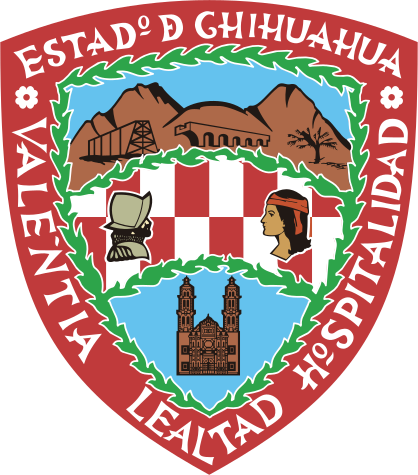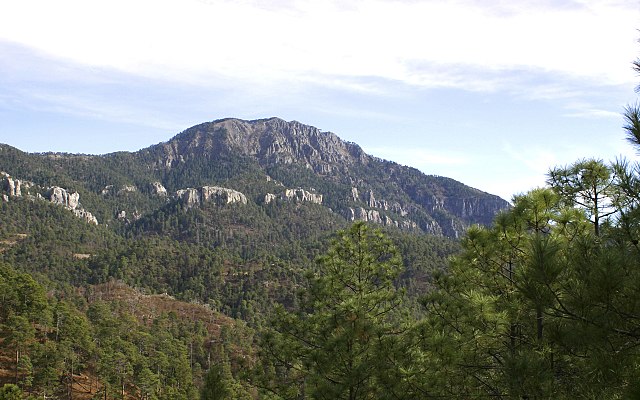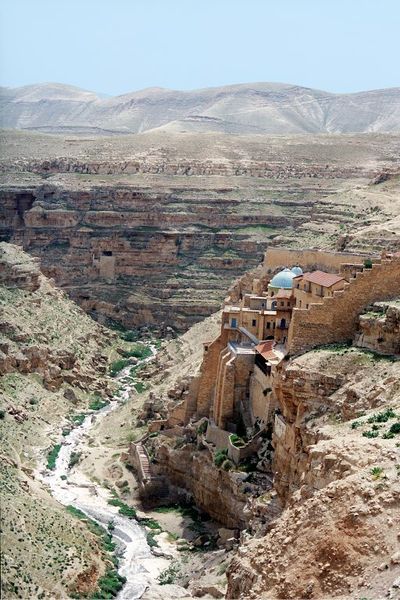We just learned about the Mexico State of
Oaxaca that has wind farms and palaces like Mitla.
Another Mexico State is
Chihuahua.
We learned before about the type of dog named a
chihuahua, and that dog was named after this state.
Chihuahua borders the US states of New Mexico and Texas to the north.
It is the biggest state in Mexico, and is even bigger than the whole United Kingdom in Europe!
Because it is so big, it has the nickname of El Estado Grande, which means The Big State.

(from: wikipedia -
chihuahua (state))
The coat of arms of Chihuahua has a picture of the old water system called an aqueduct.
In the middle is the head of a Spaniard and an Amerindina, to show that the people of Chihuahua are a mixture of people from different places.
The bottom is a picture of the Chihuahua Cathedral.

(from: wikipedia -
chihuahua (state))
There is a large group of canyons called the Copper Canyon, that is a lot like the Grand Canyon in the US.
It's name comes from the copper and green color of the canyon.

(from: wikipedia -
copper canyon)
There is a beautiful mansion that is now a museum in the city of Chihuahua, called Quinta Gameros

(from: wikipedia -
quinta gameros)
Because Chihuahua is so big, it has all types of land, from the sand dunes of Samalayuca, to the tall grassy mountains of Cerro Mohinora, to the tall snowy mountains of Tarahumara.



(from: wikipedia -
chihuahua (state))
Kid Facts - Blast from the past: Kenai Mountains












